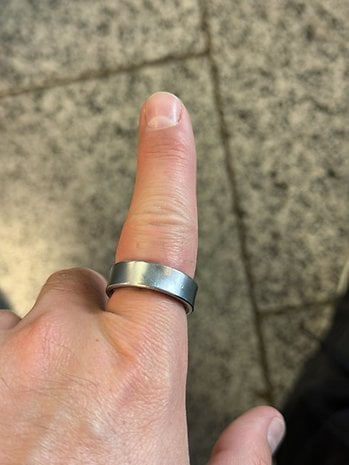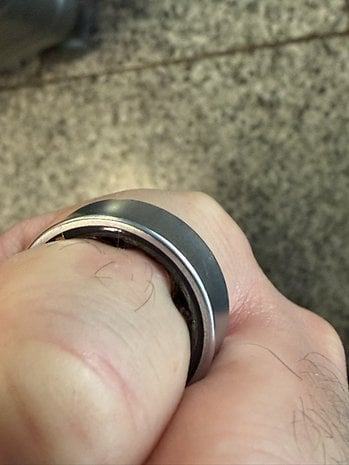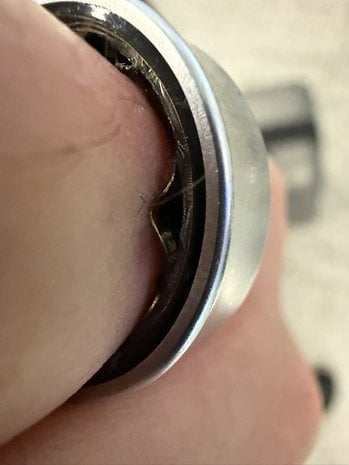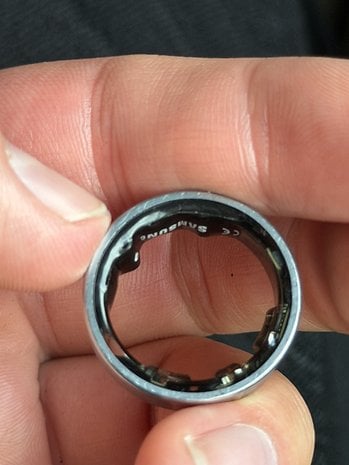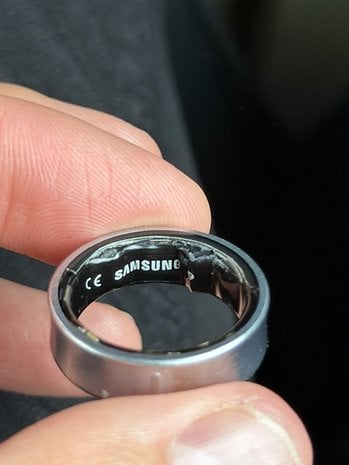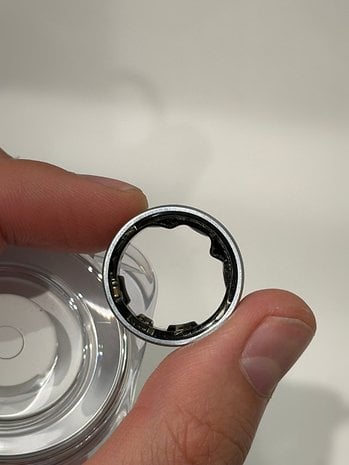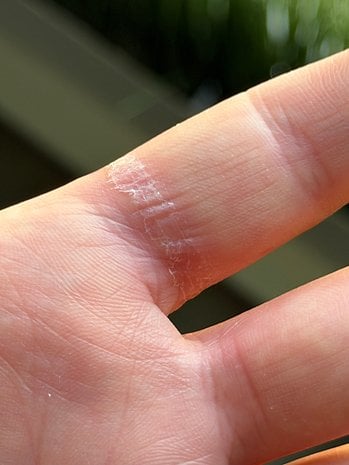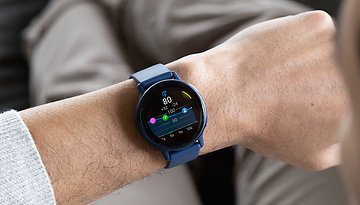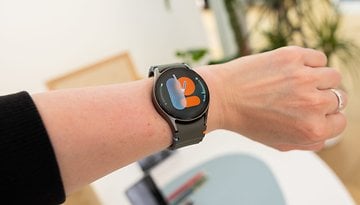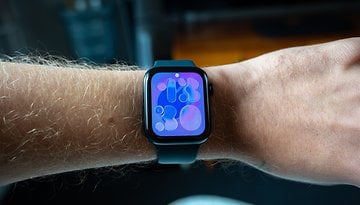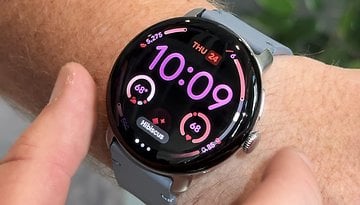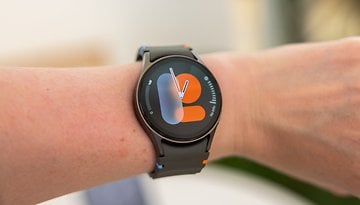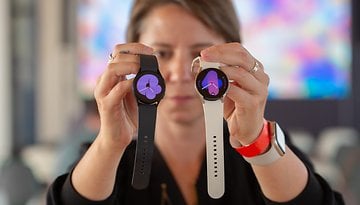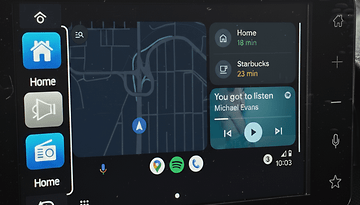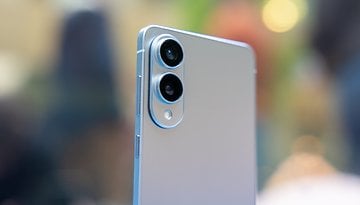I Still Wear a Smart Ring After the Galaxy Ring Incident and Here’s Why
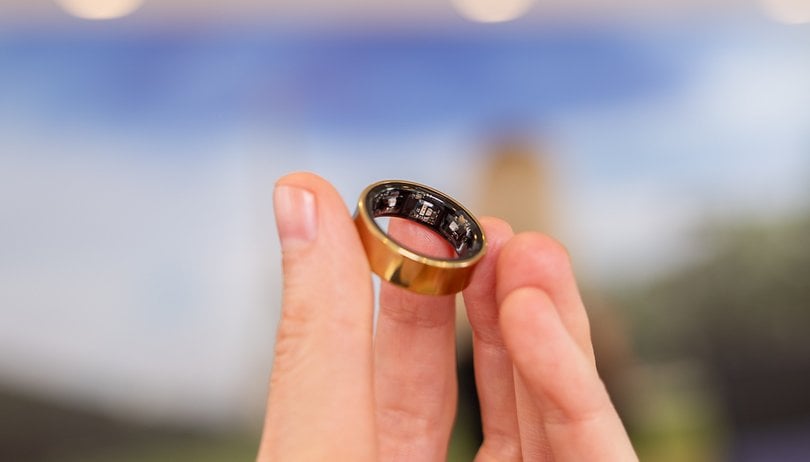

A few weeks ago, a well-known tech YouTuber became the center of a story that quickly spiraled beyond the gadget world. He was denied boarding on a flight because the battery inside his Samsung Galaxy Ring had swollen, trapping the device painfully on his finger. To make matters worse, he had to go to a hospital to have it safely removed.
The first time I read about it, I hesitated before sleeping with my own smart ring. The thought that something so small could suddenly turn dangerous was unsettling. But how often does this really happen? And are smart rings truly safe to wear?
“My Samsung Galaxy Ring’s battery started swelling. While it’s on my finger.”
That was the alarming post from Daniel Rotar, the creator behind Zone of Tech, shared on X during his long journey home from the Qualcomm Snapdragon Summit on September 29.
“Now I cannot take it off, and this thing hurts,” he wrote.
Daniel was traveling back from Hawaii, facing what he later described as a roughly 50-hour trip with multiple layovers. Somewhere along the way, the battery inside his Galaxy Ring began to expand. His finger swelled, and the ring refused to budge. Attempts to loosen it with water and soap failed, making the problem worse.
As he prepared to board his final flight to Manchester, he started worrying about what might happen midair if the battery kept expanding. Airport staff denied him boarding until the ring could be safely removed. With no medical help available nearby, he left the airport for a clinic that turned out to be closed. Eventually, he made it to a hospital, where nurses used ice and lubricant to remove the ring in just a few minutes.
He missed his flight and caused about a 40-minute delay for other passengers. Samsung later contacted him, retrieved the damaged ring for investigation, and covered his hotel stay and transportation costs.
The Galaxy Ring’s Battery Troubles
The Samsung Galaxy Ring launched in September 2024. In my own Galaxy Ring testing, I never experienced any overheating or charging concerns. The same goes for other devices in this growing category, such as the Oura Ring 4 (review), RingConn Ring 2 (review), and Ultrahuman Ring Air. All of them have behaved exactly as expected.
Daniel’s story, though, raises questions. Daniel said he received his unit in January and had worn it daily ever since. At first, the battery lasted the advertised seven days. But within a month, it began to decline sharply, dropping to two or three days, then to just one. Because removing the ring required more effort than taking off a watch, he often kept wearing it uncharged, sometimes for weeks or even a full month.
After one of these long stretches without charging, the ring stopped powering on entirely. He left it charging for a full day with no result, then another day, after which it finally turned back on. Searching online, he found that other users were having the same problem: rings that discharged quickly or refused to wake up.
Assuming it might be a firmware issue, Daniel continued to use the ring, even though it lasted only a day or so per charge. Before traveling to Hawaii for the Snapdragon Summit, he charged it once more. By the time he landed, the battery was already dead again.
He continued to wear it during the entire trip, including outdoors in 28-degree heat, in the pool, and while swimming in the ocean. The Galaxy Ring carries an IPX8 rating, meaning it can withstand submersion in up to 1.5 meters of fresh water for up to 30 minutes, but saltwater exposure could have stressed the battery. Daniel said he was never in saltwater for more than 15 minutes and always rinsed it afterward, a routine that had never caused issues with other water-resistant gadgets he owned.
After the incident, Samsung collected the damaged ring for testing and reimbursed Daniel for his extra expenses. When I contacted Samsung in Germany for comment, the company described this as an exceptional case:
The safety of customers is our top priority. This is an extremely rare case, and we are in direct contact with Mr. Rótar to retrieve the product and learn about the concerns.
Should You Worry About Smart Rings?
I’ll admit, my initial reaction to Daniel’s story was a mix of fear and curiosity. On X, his first comment after the incident was, “Won’t be wearing a smart ring ever again.” That’s a natural reaction after such a stressful experience. But as Samsung noted, this seems to be an extremely rare event. Still, the story highlights some important warning signs that users should never ignore, especially when wearables start behaving oddly.
Daniel’s story showed all of us exactly what can go wrong with a smart ring and how to handle it if it ever happens. And for that, he deserves credit. I reached out to Samsung, RingConn, Oura, and Ultrahuman for safety advice. Here are RingConn's main recommendations for everyday wear:
- Use only the included charging accessories to ensure proper performance.
- Avoid exposing the ring to extreme heat or direct sunlight for extended periods.
- Follow the care and usage instructions in the manual.
- If you notice unusual charging behavior or rapid battery drain, contact customer support immediately.
Here’s my personal rule: if your smart ring runs out of battery, take it off. Let your skin rest. These rings may look like jewelry, but they’re still electronic devices.
Additionally, because of the smart ring’s form factor, the most durable part is the outer surface, designed to resist scratches. Issues like an expanding battery are therefore more likely to occur inside the ring. And if you ever find yourself in a similar situation:
- Do not use water or soap to remove a swollen smart ring. Use oil or a lubricant instead.
- Seek medical help immediately if you notice the battery swelling.
- You can use the dental floss technique to help remove it. Here’s a quick video on that.
- If cutting is required, avoid the battery and sensor areas. Manufacturers often provide guidance on safe cut points.
So, Is the Samsung Galaxy Ring Still Safe to Wear?
Although Samsung did not respond to my specific question about what Galaxy Ring users should keep in mind following this incident, the company maintains that this was an isolated case. Based on the information available so far, the Galaxy Ring still appears safe to use, with a healthy dose of caution.
If you notice unstable battery life, like the sharp drops reported by some users on Reddit and by Daniel himself, it’s best to contact Samsung customer service right away. We will continue to follow up with Samsung to understand what triggered this event and what might be behind the battery instability experienced by other users.
What This Incident Really Teaches Us
Any device powered by a lithium-ion battery can, under certain conditions, experience swelling. What matters is how well manufacturers design, test, and monitor those components to prevent it. RingConn told me that its batteries are tested under extreme conditions, including high and low temperatures, as well as repeated charge cycles, to ensure stability and safety. The same applies across the wearable industry, where strict safety standards are already in place.
But how we use these products also plays a crucial role. Leaving them deeply discharged for long periods, exposing them to heat, or wearing them during saltwater activities can all increase stress on the battery. In other words, part of safety is in our hands.
That’s why I still wear a smart ring. I trust the technology, but I also respect its limits. Incidents like this can be unsettling, but they’re rare in smart rings, and they remind us that even the smartest tech on our bodies isn’t perfect. For me, it’s a clear reminder that technology isn’t infallible, something we often forget over time.
Here is Daniel Rotar’s full story:
